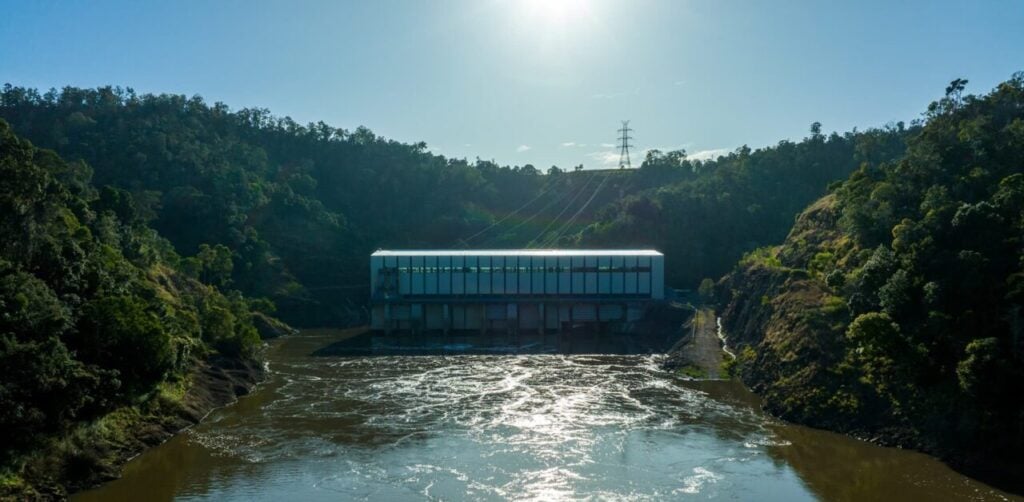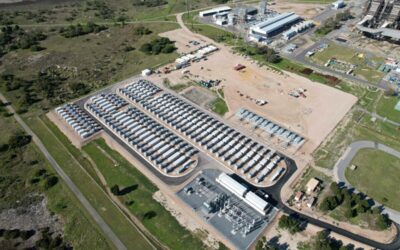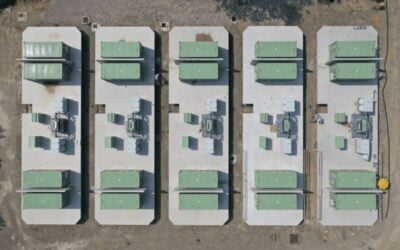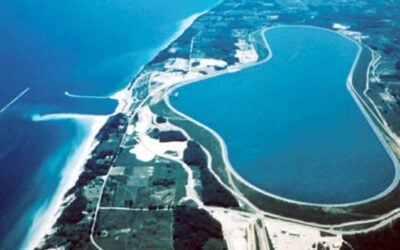
The newly elected Queensland government has pulled the plug on what would have been the world’s largest pumped hydro energy storage project (PHES) with a capacity of 120GWh.
The 5GW Pioneer-Burdekin Pumped Hydro Project, which would have offered long-duration energy storage (LDES) over a 24-hour discharge duration, has been officially shelved by the new Queensland government in what is one of its first moves since taking office.
“The government has formally stopped this project because it’s not financially viable, not environmentally appropriate and the community was never consulted,” a statement released by the Queensland government read.
According to a report released by the government yesterday (6 November), the AU$36 billion (US$24 billion) project would have led to unnecessary additional costs for Queensland residents, with each household spending AU$15,653.
Try Premium for just $1
- Full premium access for the first month at only $1
- Converts to an annual rate after 30 days unless cancelled
- Cancel anytime during the trial period
Premium Benefits
- Expert industry analysis and interviews
- Digital access to PV Tech Power journal
- Exclusive event discounts
Or get the full Premium subscription right away
Or continue reading this article for free
Jarrod Bleijie, the state’s new deputy premier and minister for state development, infrastructure and planning and minister for industrial relations, pointed the finger at former premier and deputy premier, Steven Miles and Cameron Dick, respectively, for not heeding recommendations to not proceed with the project.
Contracts for the Pioneer-Burdekin PHES were signed in 2023. The project was dubbed an “ambitious plan” and became a cornerstone of the former Labor government’s AU$26 billion energy and jobs plan.
Readers of Energy-Storage.news will likely be aware that Queensland is also developing the 2GW Borumba PHES project near Imbil, northwest of the Sunshine Coast.
It is currently targeting first power by 2030 and recently opened a public consultation phase to help shape the project’s plans. Fully developing the project is expected to cost AU$14.2 billion.
Speaking to local media outlet ABC News, David Crisafulli, Queensland’s new premier, said that it has a “laser-like focus” on finding affordable ways to continue development of the Borumba project.
A focus on smaller PHES projects
Despite David Crisafulli’s right-wing Liberal National Party (LNP) of Queensland government scrapping the 5GW PHES project, they remain committed to supporting the rollout of smaller-scale PHES, which it deems more economically viable.
“We have to find a way to deliver smaller, more manageable pumped hydro because it’s important if you’re going to firm up renewable energy, you need that,” David Crisafulli said in a speech.
This commitment to developing “smaller, more manageable” PHES projects could be a positive sign and ease concerns about the LNP’s stance on the energy transition in Queensland.
Indeed, in the build-up to the election last month, The Guardianreported that Crisafulli had said that the renewable energy targets “were not possible” but remains committed to the net zero by 2050 target. This prompted fears over the future of Queensland’s energy policy and whether the sustained growth witnessed under the Labor government would continue.
The fear of dropping these renewable energy targets prompted voices across Australia’s energy industry. Most of these call on the new Queensland government to maintain the critical targets for the state’s future so as not to impact investor confidence in the energy transition.





